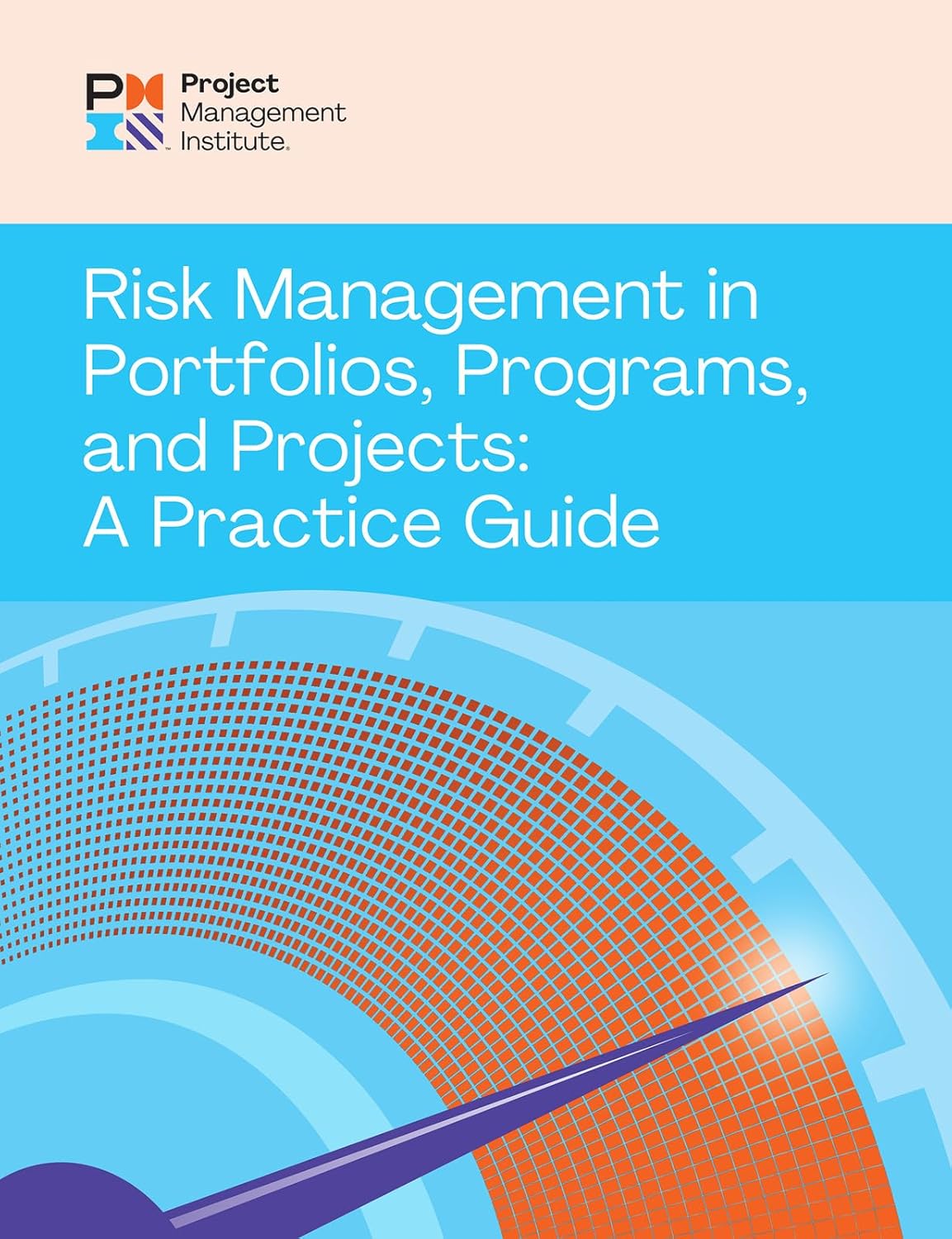
Risk Acceptance
What is Risk Acceptance?
Risk acceptance is a risk response strategy in project management where a team acknowledges a known risk but takes no immediate action to prevent or mitigate it. Teams choose this approach when the cost of responding to the risk exceeds the potential impact or when they consider the risk unlikely. Sometimes, teams plan to address the risk only if it happens; this method is passive risk acceptance. In other cases, teams create contingency plans in advance; this is active risk acceptance.
This strategy is common when dealing with low-priority risks or when a project team decides monitoring is more efficient than intervention. Although teams do not take direct action to reduce the risk, it still requires documentation, communication, and ongoing review throughout the project lifecycle.
Key Points
- Risk acceptance involves acknowledging a risk without taking immediate steps to manage it.
- Teams often use it when the risk impact is minimal, or the response cost outweighs the benefit.
- This strategy includes passive and active approaches, depending on whether contingency plans exist.
- The risk management plan requires regular monitoring and documentation.
- This approach can be part of a broader risk management strategy to allocate resources efficiently.
Related Terms
- Risk mitigation is a strategy used when project teams take action to reduce a risk’s likelihood or impact.
- Risk avoidance involves changing project plans to eliminate the risk entirely.
- Risk transfer shifts the responsibility of the risk to a third party, such as through insurance or outsourcing.
- Risk register is a tool used to document identified risks and the selected response strategies, including those accepted.
- Contingency plan supports active acceptance by outlining the steps to follow if a risk event occurs.
Risk Acceptance: Example
A construction project may face minor weather delays during the final month. Due to the low likelihood and minimal impact, the project manager decides not to take any preventive measures. Instead, the team monitors the forecast and can extend the schedule if necessary. This is a case of active risk acceptance, as a contingency exists.
Risk Acceptance: Best Practices
- Clearly document all accepted risks in the project’s risk register.
- Reassess accepted risks during each project phase to ensure they remain low-priority.
- Communicate accepted risks to all stakeholders to maintain transparency.
- Prepare contingency plans for high-impact risks, even if they are unlikely.
- Use acceptance selectively to balance risk exposure and resource allocation effectively.
Additional Resources
Preparing for a PMI certification?
- Exam Prep Courses: PMP®, CAPM®, and PMI-ACP®
- Exam Simulators: PMP®, CAPM®, PMI-ACP®, PMI-PBA®, PMI-RMP®, PMI-SP®, PgMP®, and PfMP®
- Professional Development Units (PDUs): 15, 30, and 60 PDU Bundles




